
Overview of Giant Schnauzer Health
Giant Schnauzers are not just beloved for their impressive stature and striking appearance; they also have particular health considerations that every owner should be aware of. Like any breed, they have specific health issues that can affect their quality of life. Understanding these can help ensure your Giant Schnauzer leads a healthy, happy life.
Common Health Issues in Giant Schnauzers
While Giant Schnauzers are generally healthy dogs, they can be prone to several health concerns. Being informed about these issues can aid in their early detection and management:
- Hip Dysplasia: This genetic condition affects the hip joint’s formation, potentially leading to arthritis. By the time signs appear, significant issues might already be developing.
- Osteochondritis Dissecans (OCD): Common in large-breed puppies, this disease affects cartilage and bone development. It can cause limping and pain, particularly in the elbows and shoulders.
- Hypothyroidism: An autoimmune condition that affects the thyroid gland, resulting in symptoms such as lethargy, dry skin, and hair loss. Lifetime medication is often necessary.
Regular veterinary visits are crucial for monitoring these conditions and providing timely interventions.
Importance of Regular Vet Check-ups
Regular vet check-ups are essential for your Giant Schnauzer’s health. These appointments help:
- Early Detection: Routine examinations can catch potential health issues before they become severe. For example, early intervention for hip dysplasia can improve long-term outcomes.
- Vaccinations: Keeping your dog up to date with vaccinations is vital for preventing infectious diseases.
- Preventative Care: Regular check-ups allow for preventive measures like dental care or parasite prevention, keeping your Giant Schnauzer healthy inside and out.
Owners should schedule annual vet visits at minimum, or more frequently for older dogs or those with known health issues. By prioritizing preventive care, you can ensure that your Giant Schnauzer enjoys a vibrant and active lifestyle.

Nutrition and Diet Recommendations
When it comes to keeping Giant Schnauzers healthy and vibrant, nutrition plays a pivotal role. This breed, noted for its energy and muscular build, requires a balanced diet rich in nutrients to support their active lifestyle and overall well-being.
Recommended Diet for Giant Schnauzers
The best diet for a Giant Schnauzer typically includes a combination of high-quality proteins, healthy fats, and small amounts of carbohydrates. Here’s a basic framework to consider:
- High-Quality Proteins: Incorporate proteins from sources like chicken, beef, lamb, and fish. Protein is essential for muscle repair and overall health.
- Essential Fatty Acids: Omega-3 and Omega-6 fatty acids support skin health and a shiny coat. Look for foods that include fish oil, flaxseed, or other natural fat sources.
- Limited Carbohydrates: While dogs don’t require heavy carbohydrates, small amounts from vegetables and fruits can provide necessary fiber and vitamins. Options include carrots, sweet potatoes, and berries.
Typically, adult Giant Schnauzers thrive on two meals a day, with portions adjusted based on their weight, age, and activity level. Meanwhile, puppies may need three to four smaller meals daily to support their rapid growth.
Dietary Supplements for Optimal Health
In addition to a balanced diet, dietary supplements can play a crucial role in maintaining your Giant Schnauzer’s health:
- Joint Health: Supplements containing glucosamine and chondroitin can support joint function, particularly for aging dogs.
- Probiotics: Adding probiotics can enhance digestive health, which is always beneficial, especially with raw or high-protein diets.
- Vitamins and Minerals: A multivitamin can fill any nutritional gaps and promote overall health, particularly in active dogs.
Owners should always consult with their veterinarian before starting any new diet or supplement regimen to tailor it to their Giant Schnauzer’s specific needs. Keeping a close eye on your dog’s condition and adapting their diet can lead to a healthier, happier life!
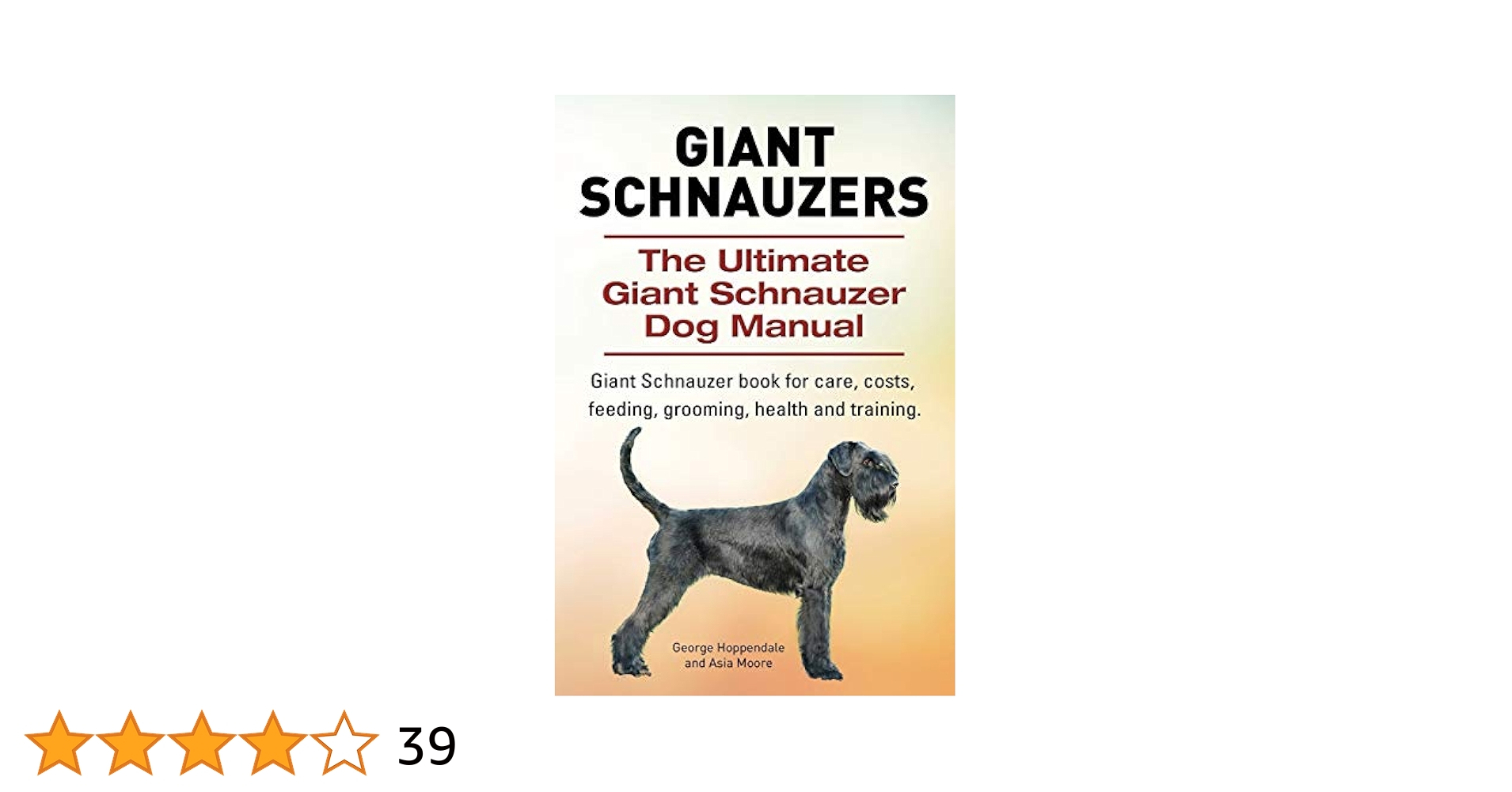
Exercise and Activity Guidelines
For Giant Schnauzers, regular physical activity is not just a luxury; it’s a necessity. This high-energy breed thrives on exercise, which not only helps them maintain their physical health but also satisfies their mental stimulation needs.
Importance of Physical Activity
Physical activity is crucial for a Giant Schnauzer for several reasons:
- Energy Management: Giant Schnauzers are built for action, and without sufficient exercise, they may become bored and engage in destructive behaviors.
- Physical Health: Regular exercise helps maintain a healthy weight and reduces the risk of obesity-related issues, which these large dogs are prone to.
- Mental Stimulation: Activities like brisk walks, jogging, or agility training also challenge their minds, which keeps them sharp and well-behaved.
In the case of Hank, a Giant Schnauzer owner shared how daily runs and playtime at the local park have transformed his nervous pup into a confident and relaxed companion. Engaging in physical activities ensures that Giant Schnauzers remain happy and balanced.
Exercise Regimens for Giant Schnauzers
For the best results, consider the following exercise regimens for your Giant Schnauzer:
- Daily Walks: Aim for at least one hour of brisk walking each day. Split this into two walks if needed.
- Interactive Playtime: Activities such as fetch, tug-of-war, or playing with puzzle toys that stimulate their minds can add variety to their routine.
- Agility Training: Enroll in agility classes or set up an obstacle course at home, which can enhance their physical capabilities and mental sharpness.
- Hiking and Running: If you enjoy outdoor activities, bring your Giant Schnauzer along for runs or hikes. They excel in these environments thanks to their endurance.
For puppies, exercise should be carefully managed to prevent strain on their developing bones. A general rule of thumb is to provide 5 minutes of structured activity per month of age, up to twice a day. By starting their exercise routine early, you’re paving the way for a well-adjusted adult Giant Schnauzer. Regular activity not only keeps them fit but also strengthens the bond between you and your furry friend.
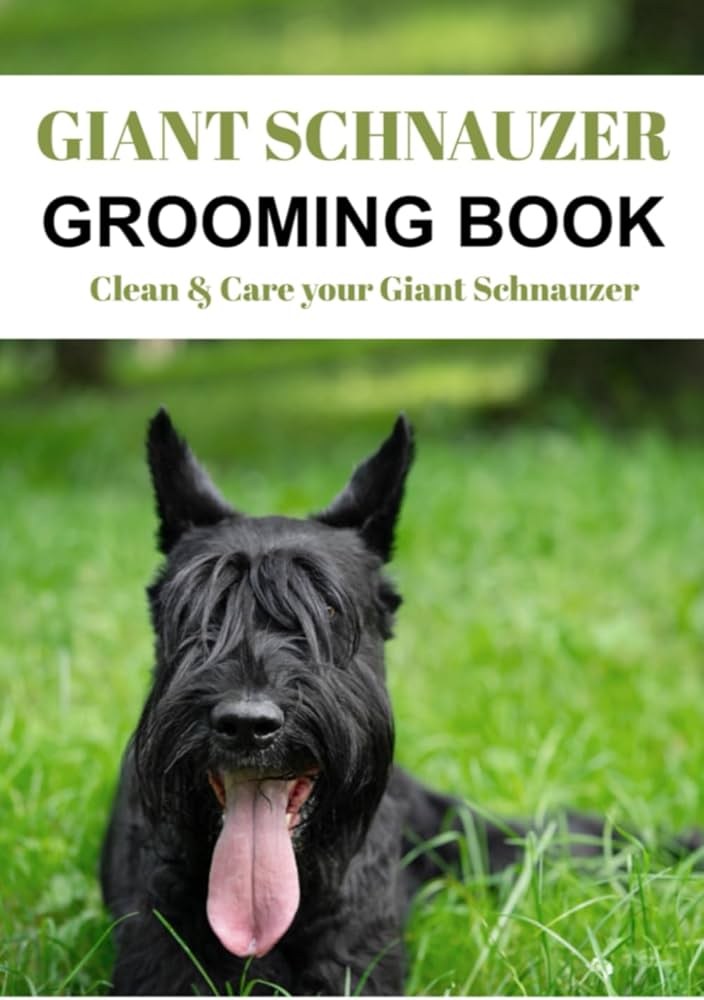
Grooming and Coat Care
Grooming a Giant Schnauzer is more than just a beauty routine; it’s an essential part of keeping your furry friend healthy and comfortable. With their distinctive wiry coat and strong build, regular grooming practices will not only enhance their appearance but also contribute to their overall well-being.
Regular Grooming Practices
Maintaining your Giant Schnauzer’s coat requires a diligent grooming schedule. Here are some key practices to incorporate:
- Brushing: Aim to brush your Giant Schnauzer at least once or twice a week. Use a firm slicker brush or comb to prevent mats and tangles, paying special attention to areas like behind the ears and under the legs.
- Bathing: Bathe your Schnauzer every 4-12 weeks, depending on their activity level. A good rule of thumb is to bathe after they’ve been particularly muddy or active.
- Nail Trimming: Trim or grind your dog’s nails every 4-6 weeks to maintain healthy foot structure.
- Ear Cleaning: Regularly check and clean your Schnauzer’s ears using a mild ear-cleaning solution to prevent infections.
Henry, a Giant Schnauzer owner, shared how sticking to a grooming schedule has kept his dog looking pristine and minimizes the occurrence of skin irritations.
Coat Care Tips for Giant Schnauzers
Grooming involves more than just brushing. Here are some essential coat care tips to keep in mind:
- Professional Grooming: Schedule professional grooming sessions every 6-8 weeks to maintain the coat’s texture and appearance. This includes hand-stripping, which keeps the wiry quality of the hair.
- Trimming: Regularly trim facial hair to avoid interfering with your dog’s vision and to maintain their distinguished look.
- Watch for Mats: Always check for mats, especially in the undercarriage and leg areas. Remove any that form before they become too tight.
Remember, grooming is more than just aesthetic; it’s vital for your dog’s comfort. By following these grooming practices, you ensure your Giant Schnauzer remains healthy, happy, and looking their best! Regular grooming sessions can also strengthen the bond between you and your furry companion, fostering a trusting relationship.
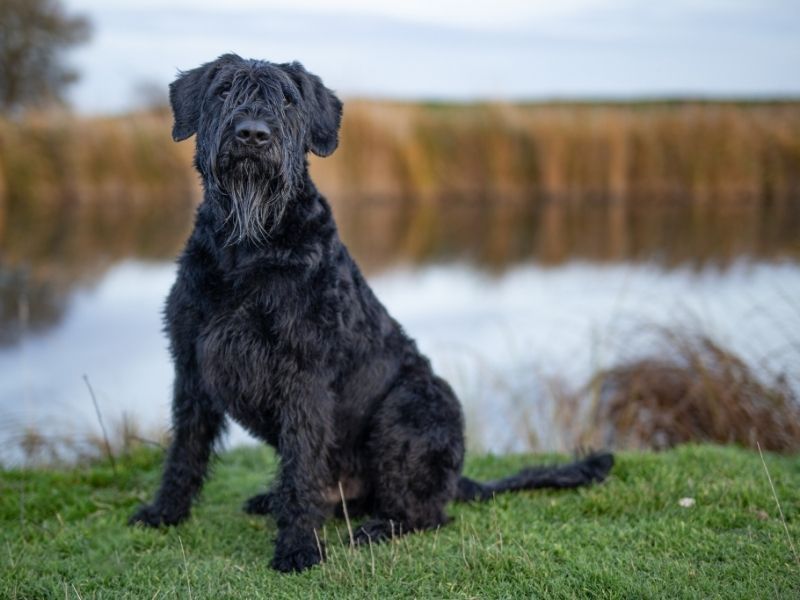
Mental Stimulation and Training
Giant Schnauzers are not only physically demanding but they also require mental engagement to thrive. These intelligent dogs excel in learning and performing tasks, making proper training and mental stimulation essential components of their care.
Training Tips for Giant Schnauzers
Training a Giant Schnauzer can be a fulfilling experience, given their eagerness to learn. Here are some effective tips for successful training:
- Start Early: Begin training when they are puppies to instill good habits and behaviors. Early socialization is crucial for preventing any dominance issues in adulthood.
- Use Positive Reinforcement: Rewards such as treats, praise, and playtime work wonders. For example, when teaching commands like ‘sit’ or ‘stay’, offering a treat immediately after they comply will reinforce the desired behavior.
- Be Consistent: Consistency is key in commands and training sessions. Ensure that all family members use the same cues to avoid confusion.
- Engage in Variety: Incorporate various commands and activities to make training fun. For instance, Larry, a Giant Schnauzer owner, introduced agility training, which thrilled his dog while enhancing his obedience.
Mental Enrichment Activities
Beyond formal training, mental enrichment activities are vital to prevent boredom and undesirable behaviors. Here are some great ideas:
- Puzzle Toys: Invest in toys that require problem-solving. These can challenge your Schnauzer’s brain and keep them occupied for hours.
- Scent Work: Hide treats around your home or yard and encourage your dog to find them. This taps into their natural instincts and keeps their minds sharp.
- Interactive Training Games: Try teaching them new tricks like rolling over or playing dead. These can be not just fun for you but also engage their clever minds.
Engaging your Giant Schnauzer through proper training and stimulating activities will ensure that they are not only well-behaved but also content and fulfilled. By providing ample mental challenges, you create a deeper bond with your furry friend as they thrive in an enriched environment.
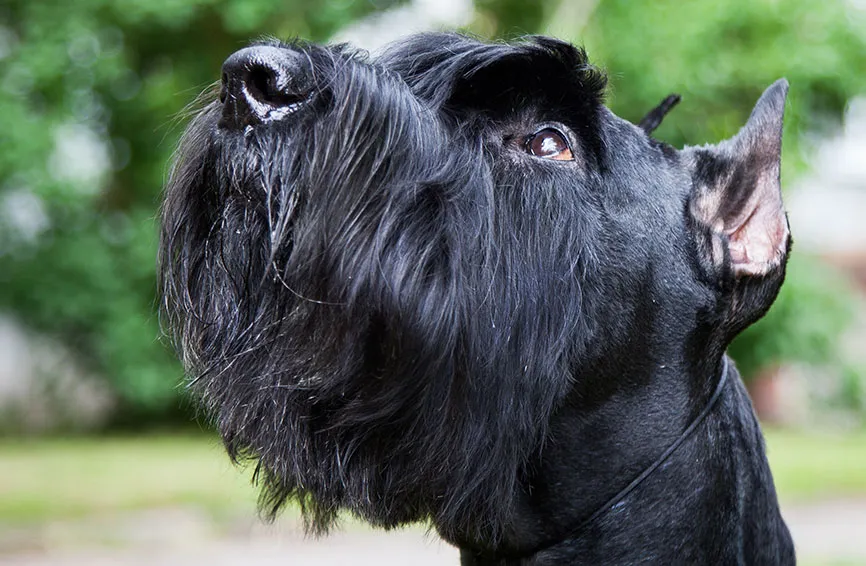
Environmental Factors and Living Conditions
Providing a conducive environment for a Giant Schnauzer is crucial for their overall well-being. As an active and intelligent breed, these dogs need the right living conditions to thrive both physically and mentally.
Creating a Safe Environment
A safe space for your Giant Schnauzer should prioritize their health and happiness. Here are some essential tips to consider:
- Fenced Yard: It’s important for Giant Schnauzers to have a secure area to play and explore. A sturdy fence prevents them from wandering off as they have strong guarding instincts.
- Avoid Hazards: Keep your home and yard free from common pet hazards. Secure cleaning supplies, chemicals, and any second-hand furniture that might be easily chewed or damaged.
- Dog-Proofing: Consider removing or securing items that can be harmful if ingested, such as electrical cords, small objects, and toxic plants.
Hank’s owner, Ella, ensured her home was pet-friendly by installing baby gates and checking for potentially harmful items. This attentive touch has made a big difference in keeping Hank safe and happy.
Ideal Living Conditions for Giant Schnauzers
Giant Schnauzers are best suited for families who can provide ample space and activity. Here are the ideal living conditions for this dynamic breed:
- Space to Move: While Giant Schnauzers can adapt to various living situations, they do best in homes with a backyard. This allows them room to play and engage in physical activities.
- Active Lifestyle: Owners should lead an active lifestyle, incorporating daily exercise routines of at least two hours. Whether hiking or running, these experiences keep a Giant Schnauzer engaged.
- Socialization Opportunities: Regular interactions with other dogs and people are vital for socialization. This helps them develop good manners and reduces any assertive tendencies.
By creating a safe environment and ensuring their living conditions meet their needs, you can cultivate a happy and healthy life for your Giant Schnauzer. They reward this care with their loyalty, love, and energetic companionship.
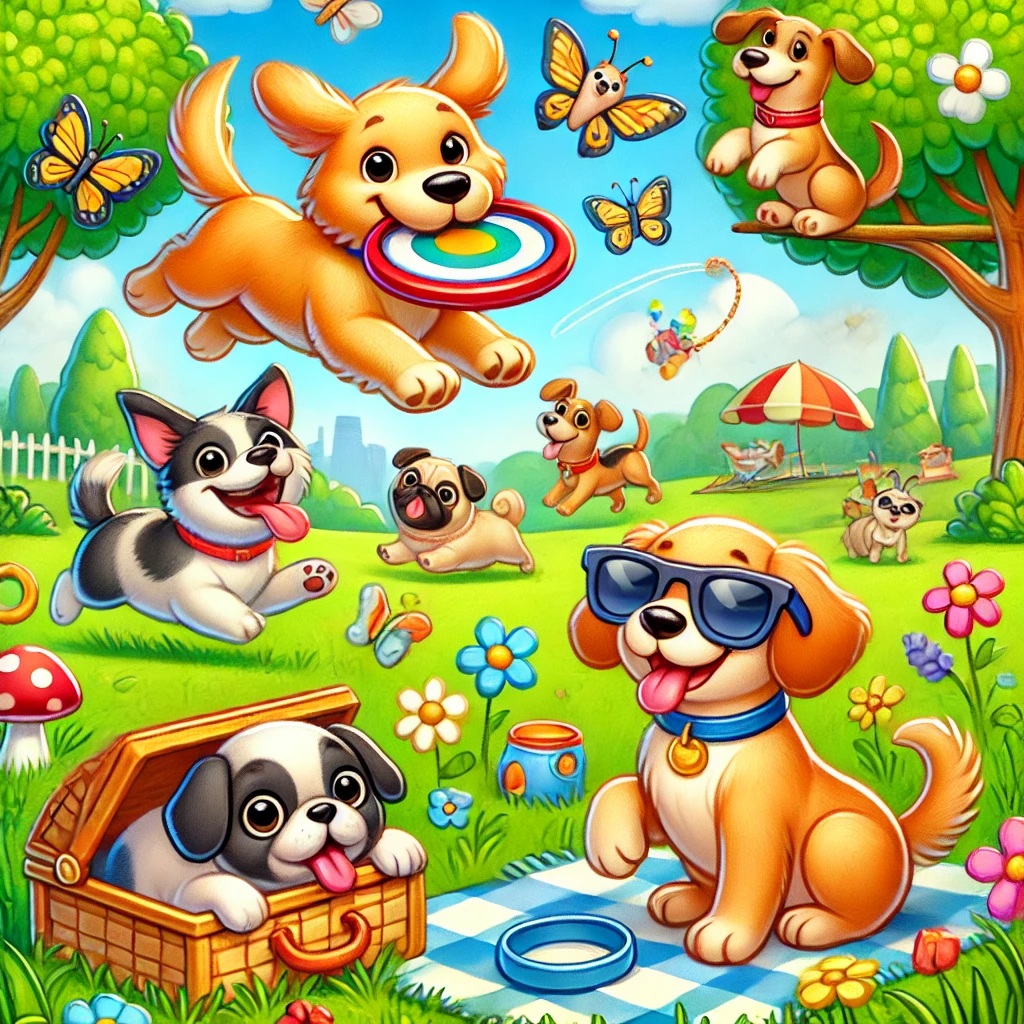
Leave a Reply